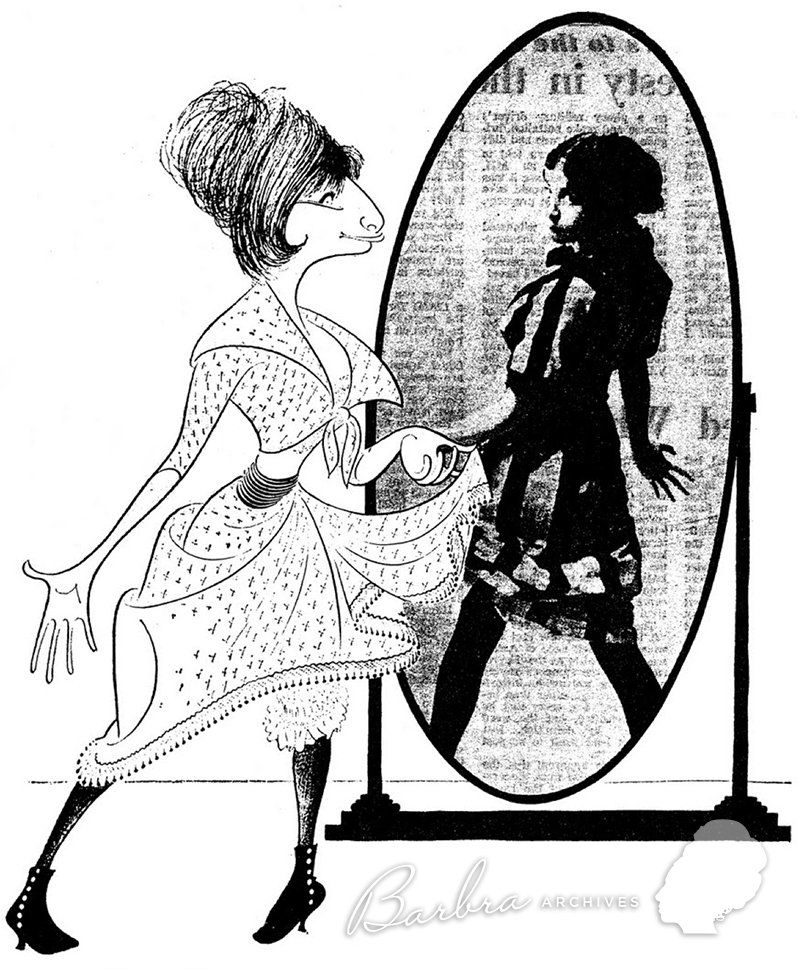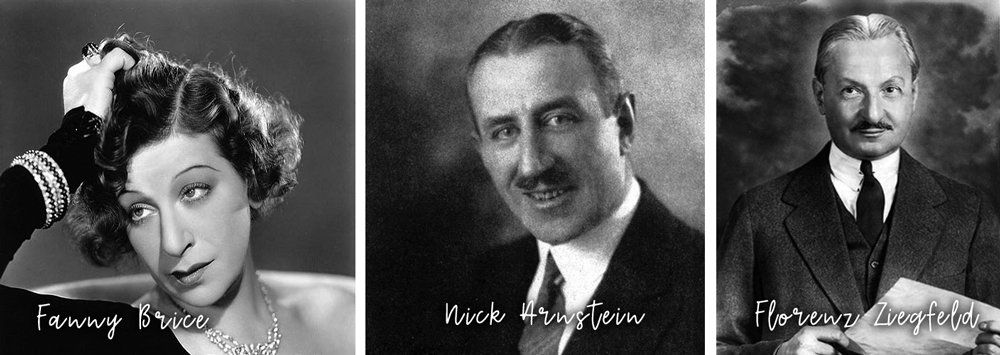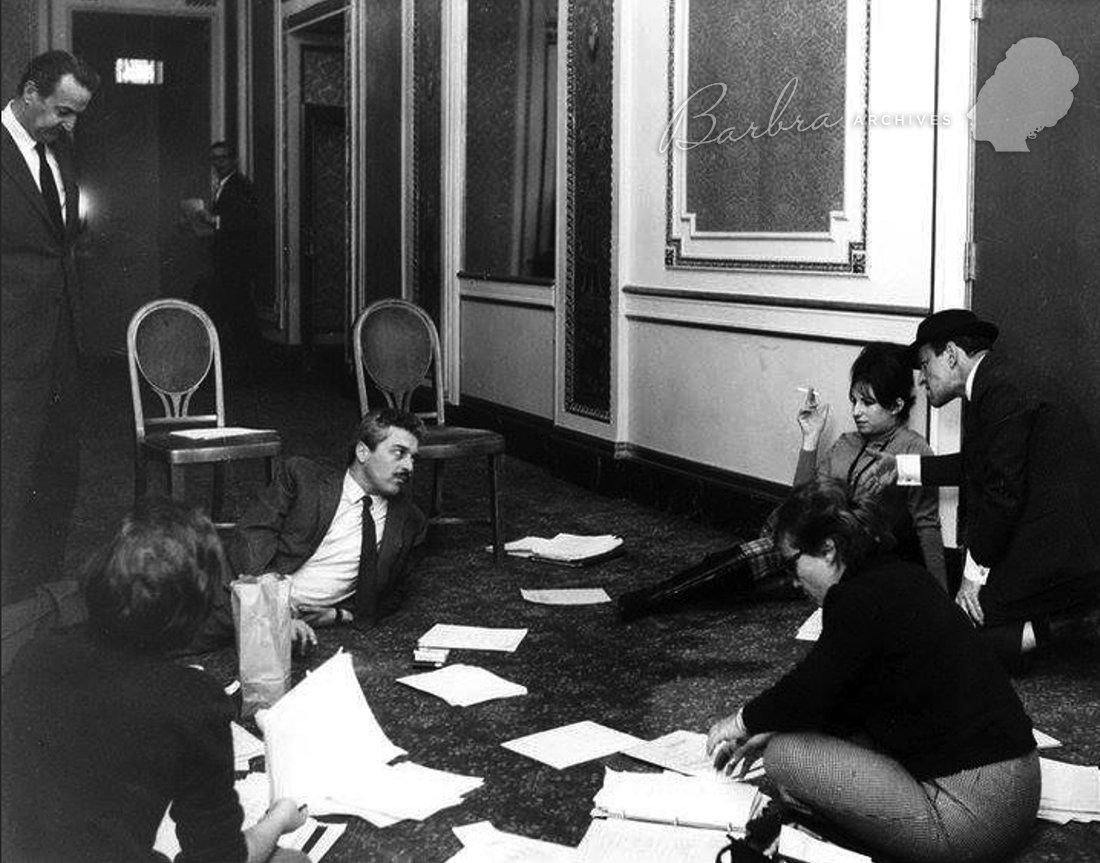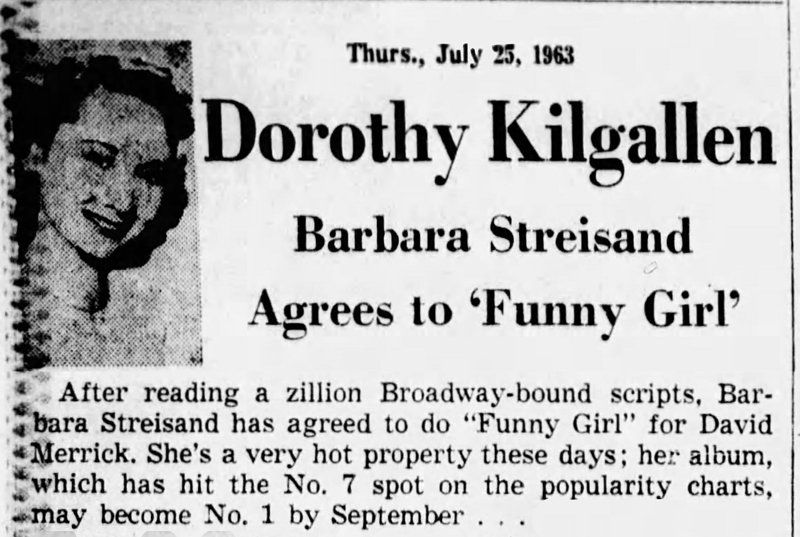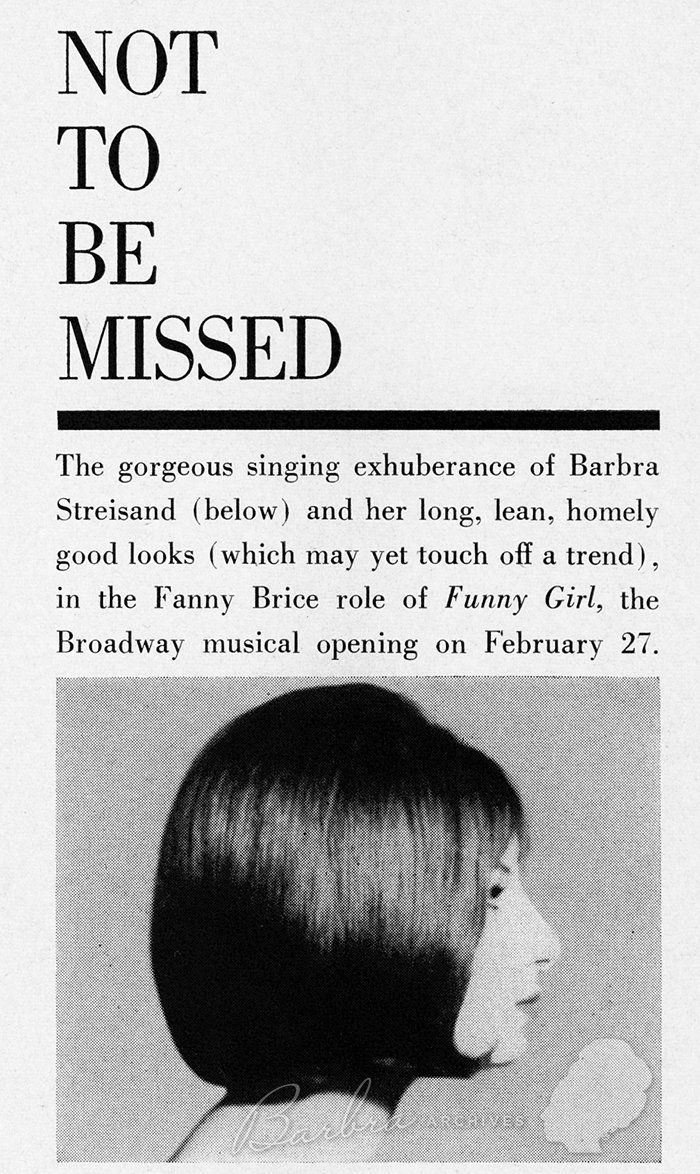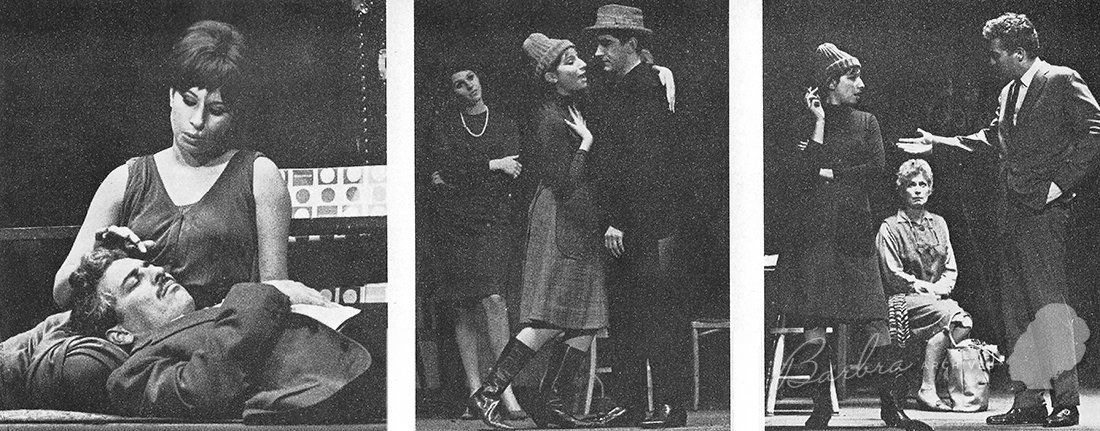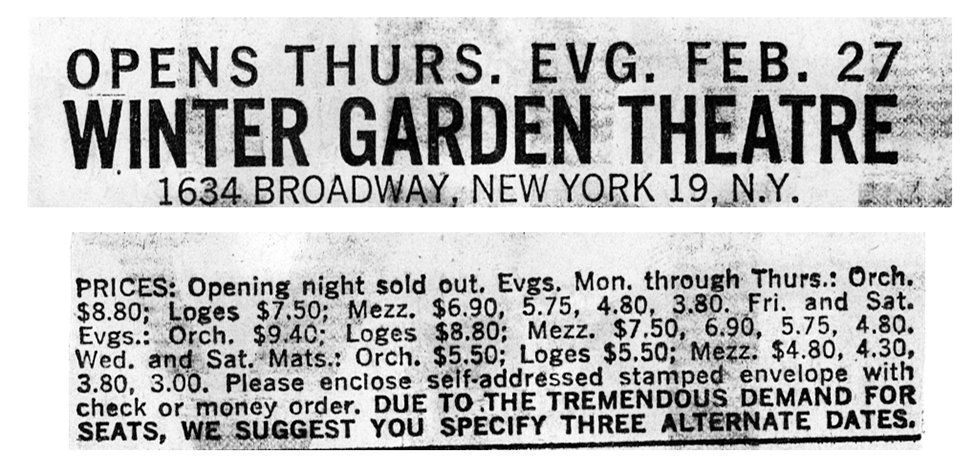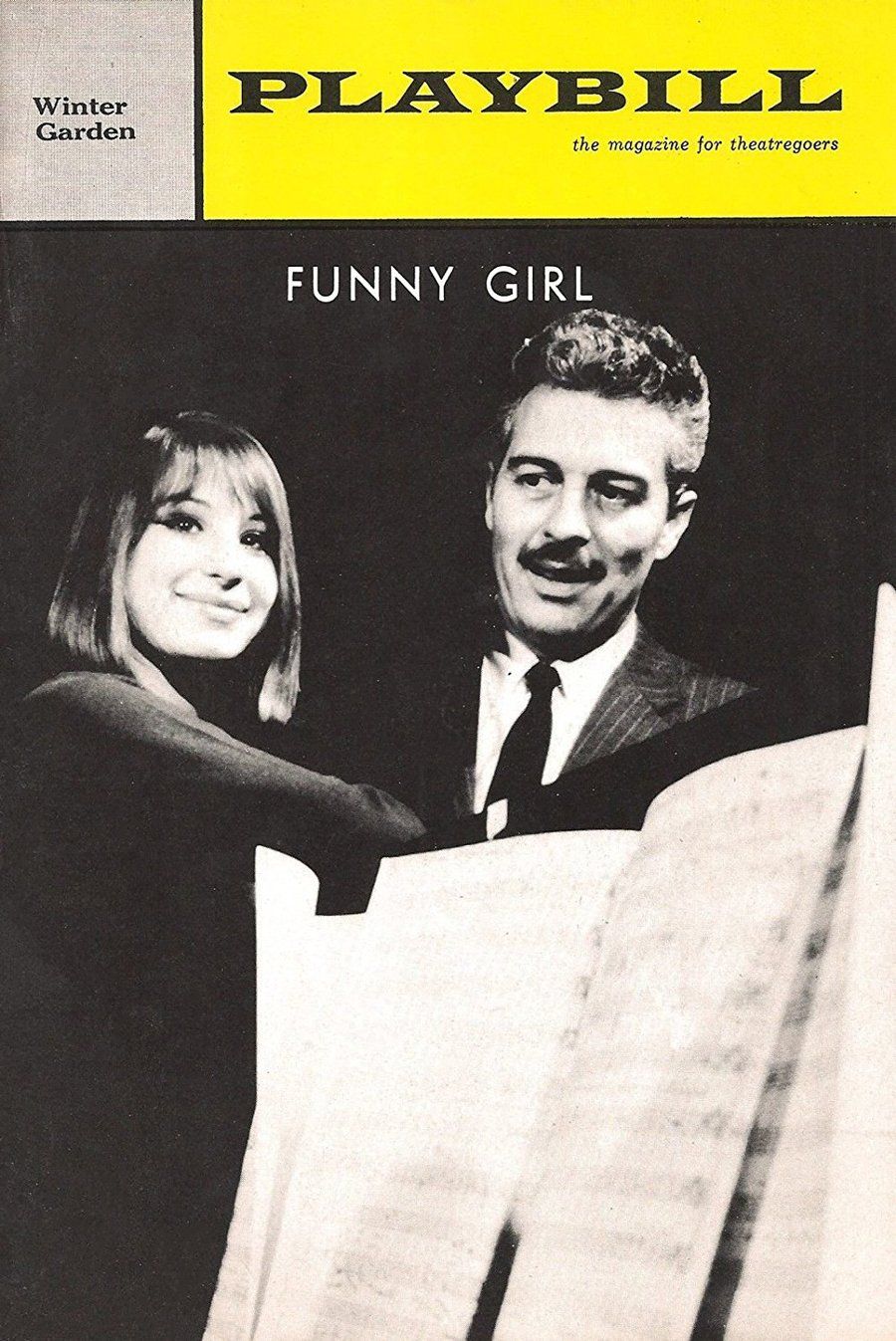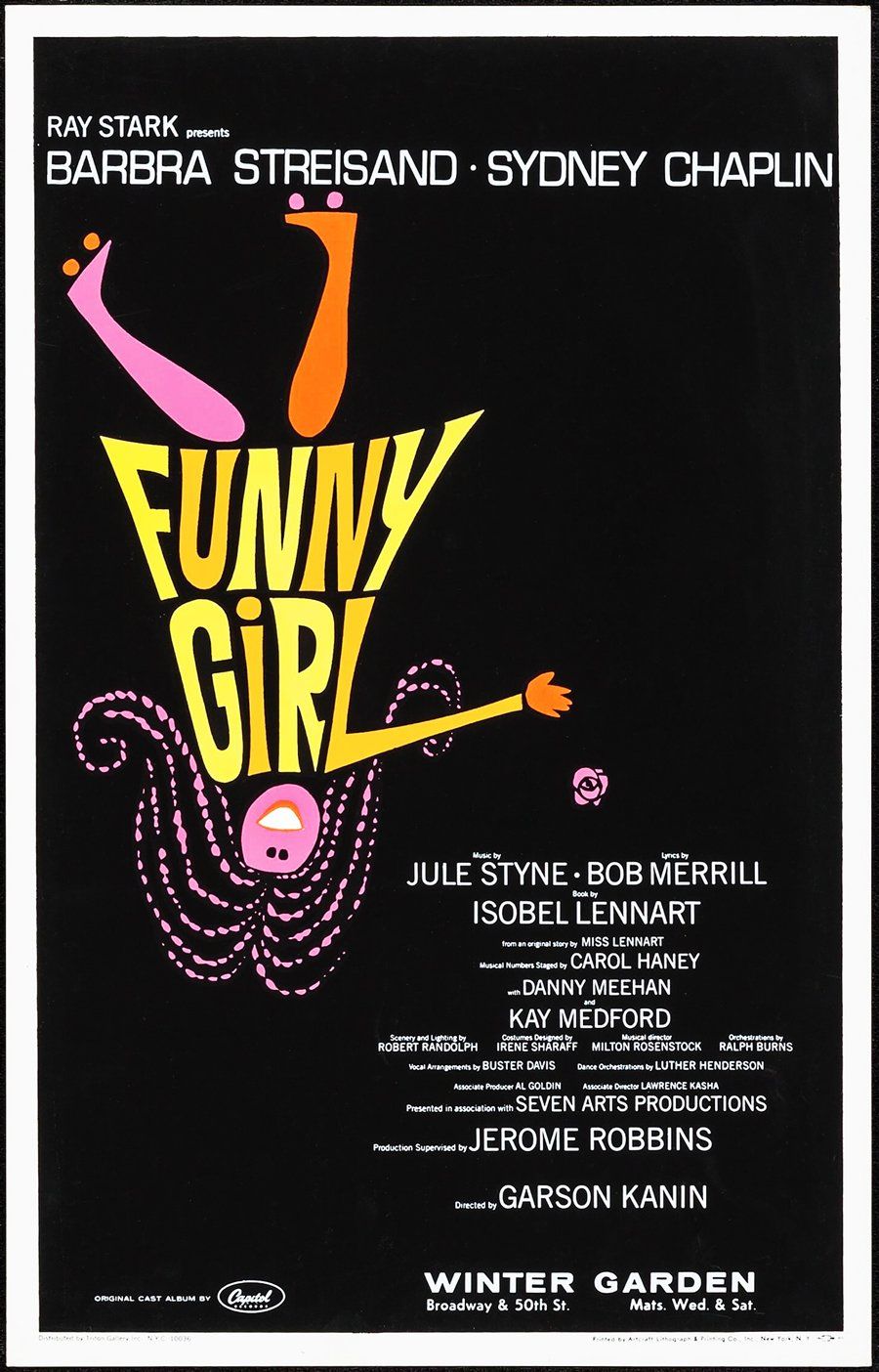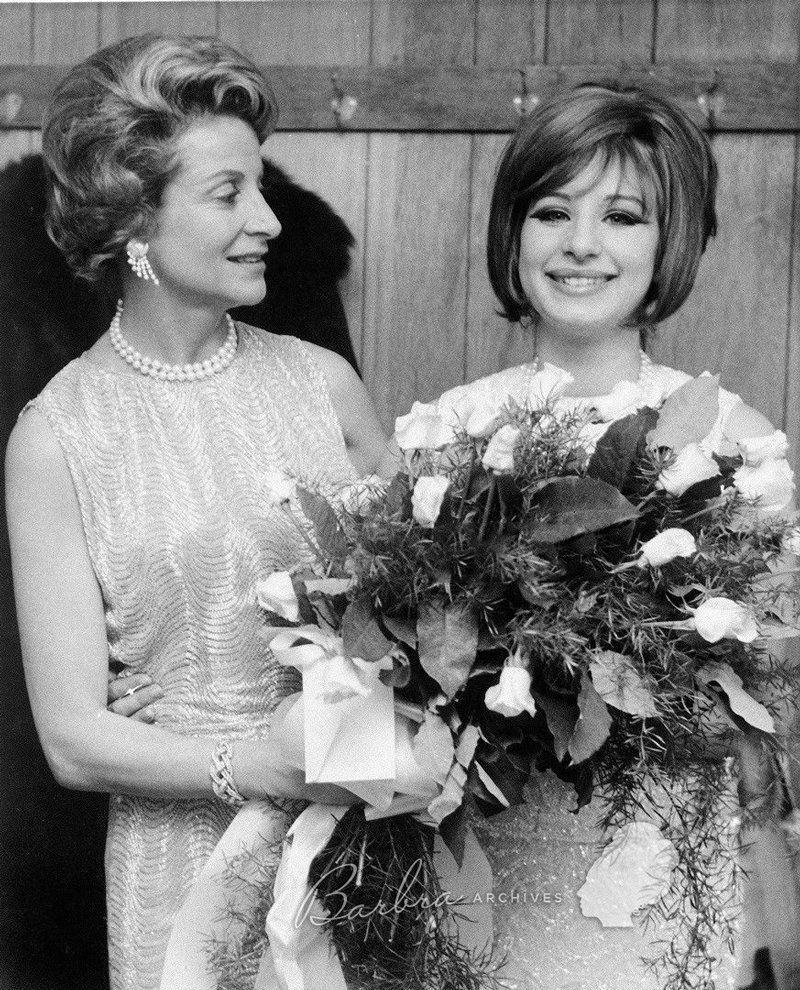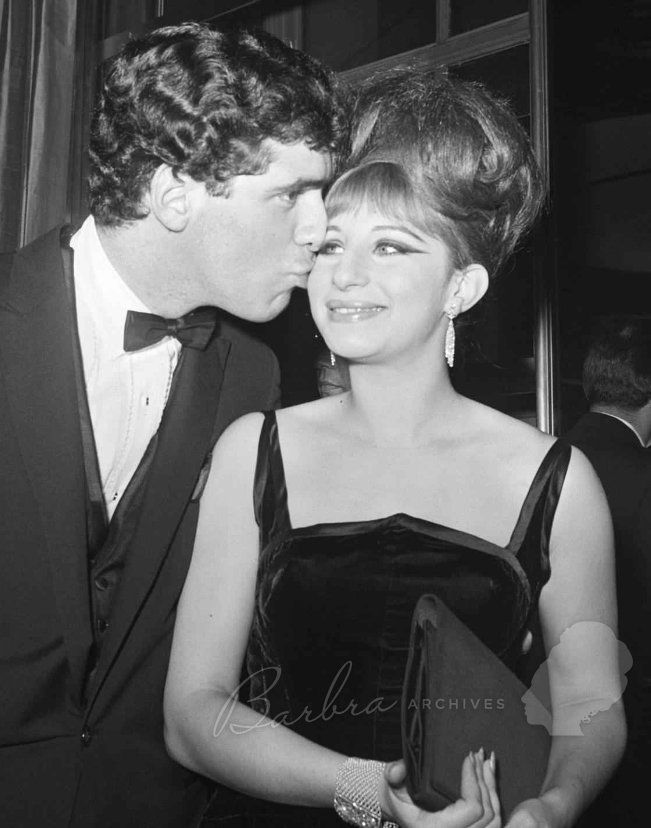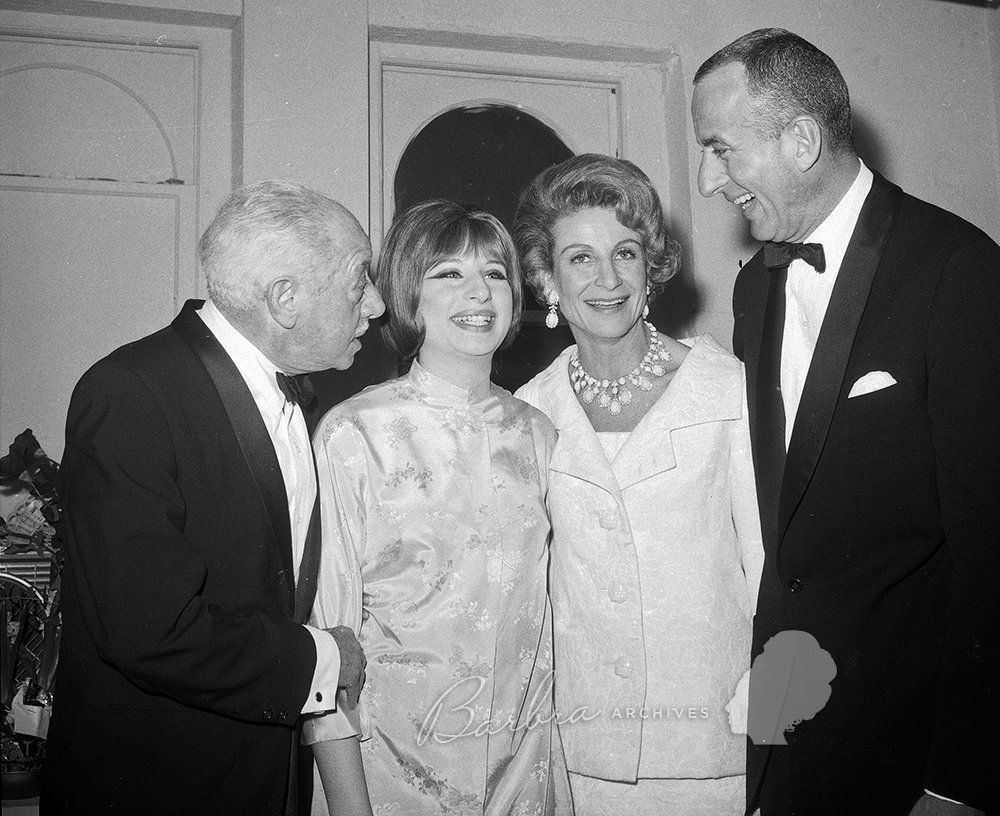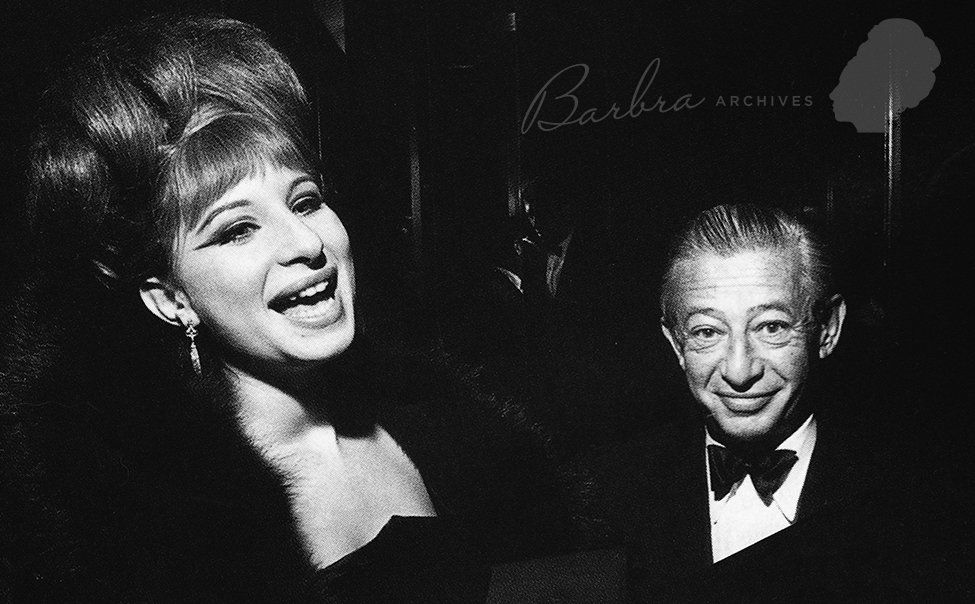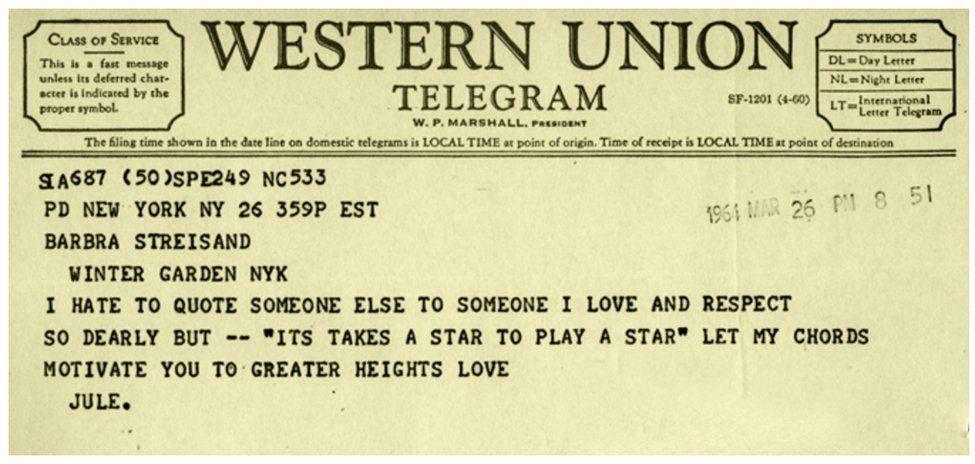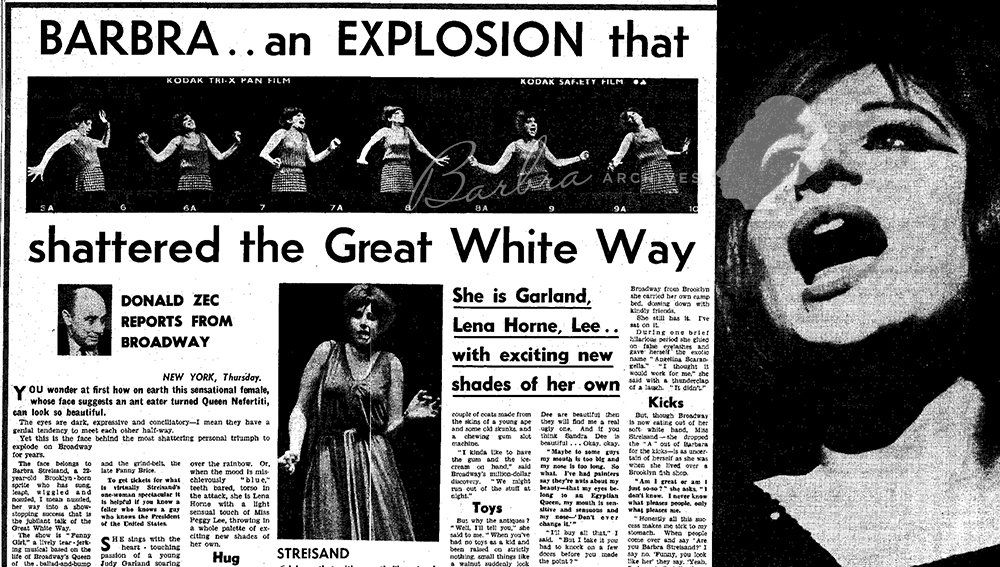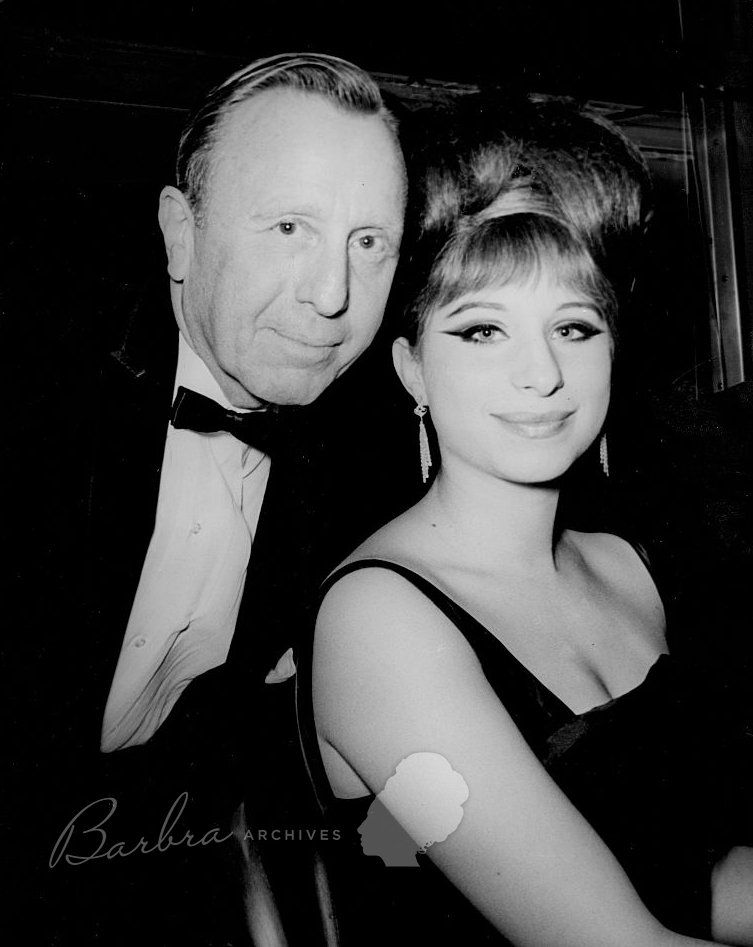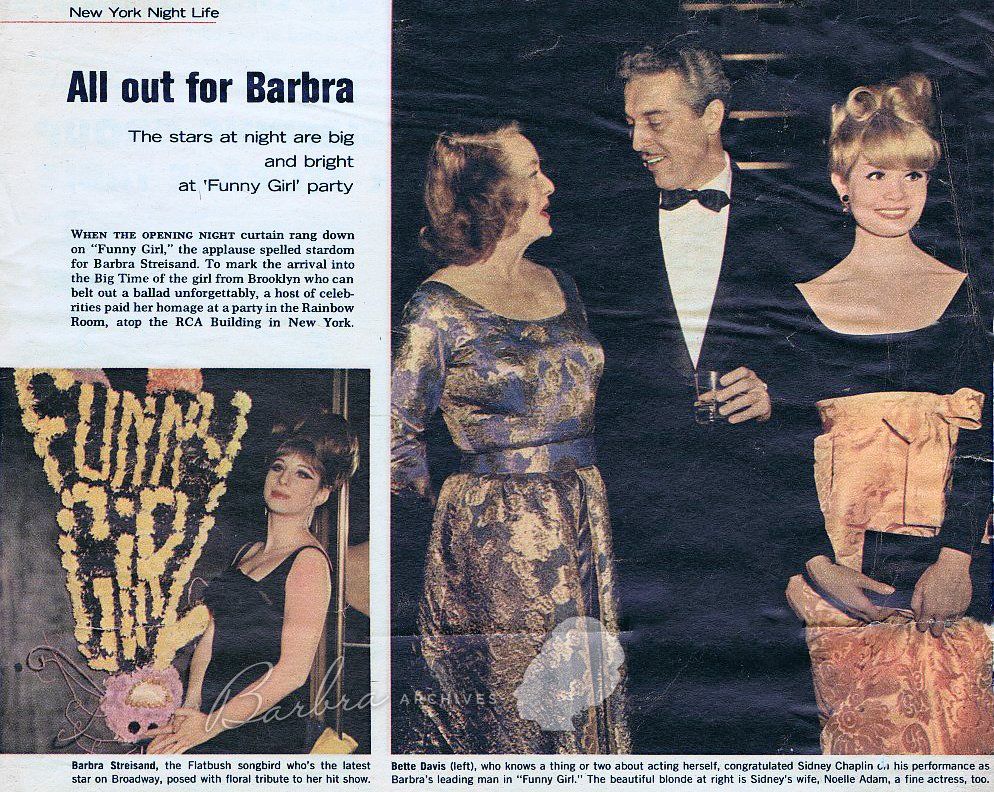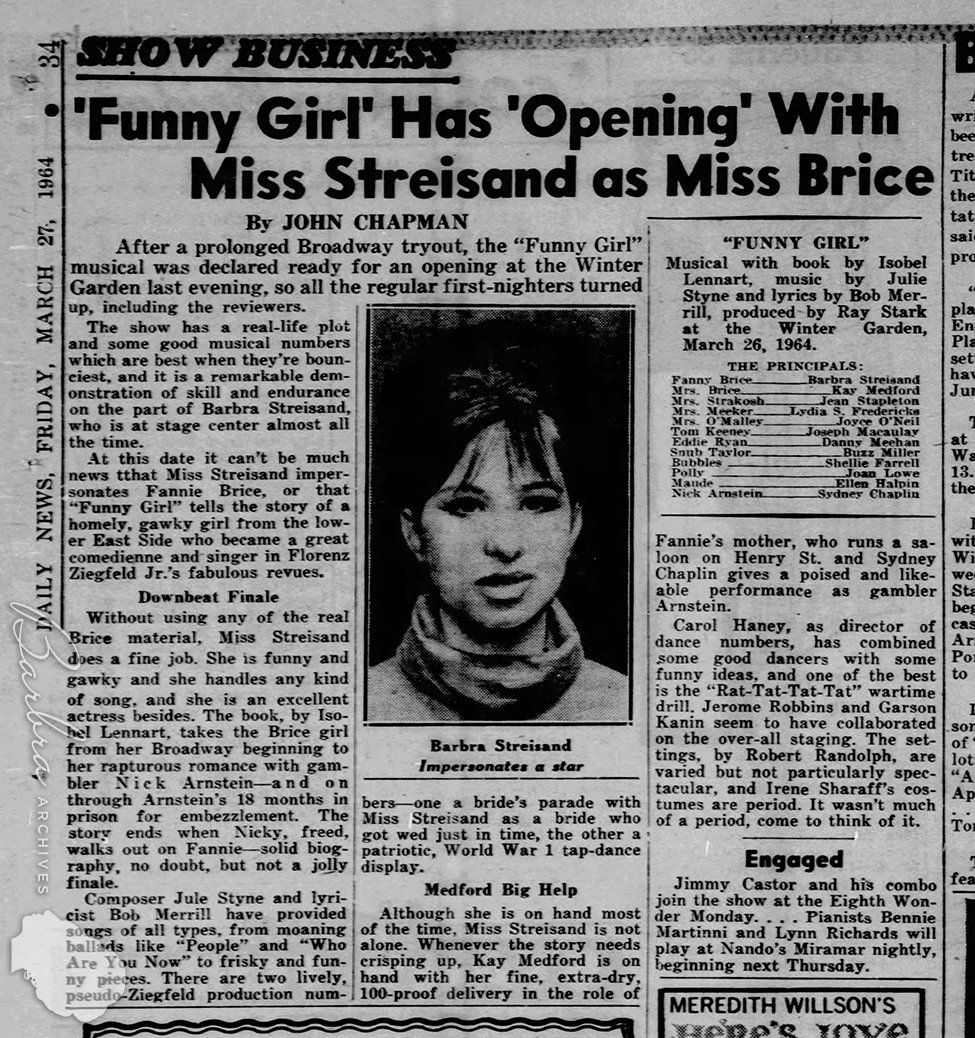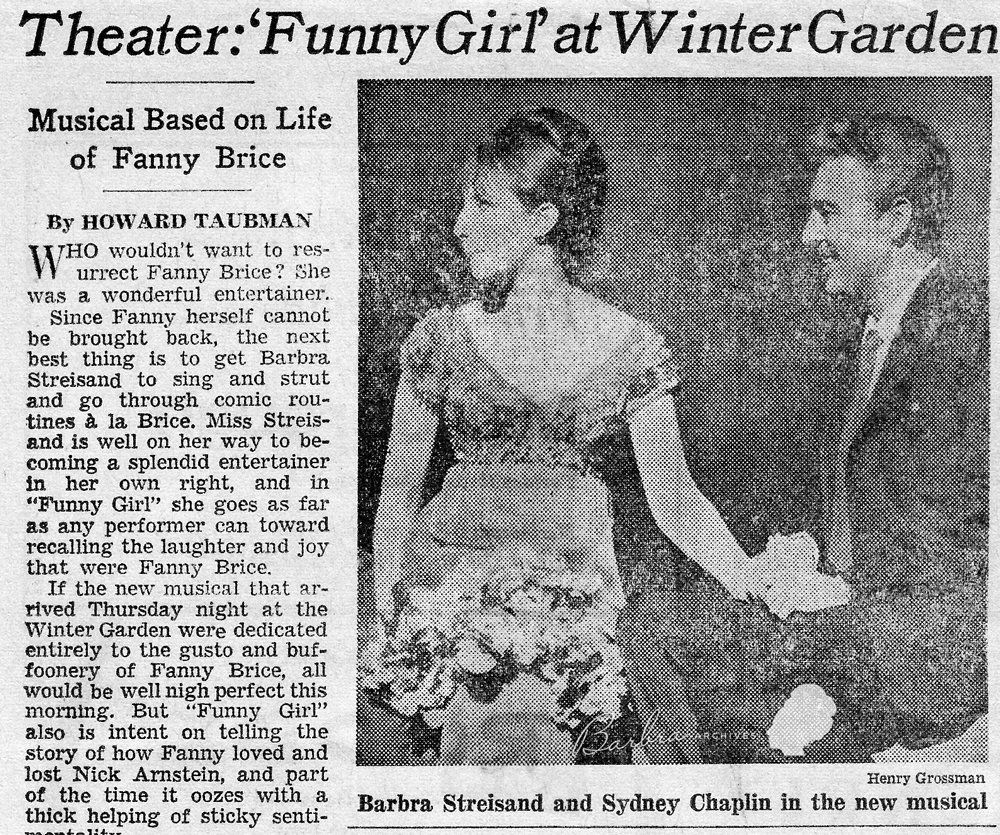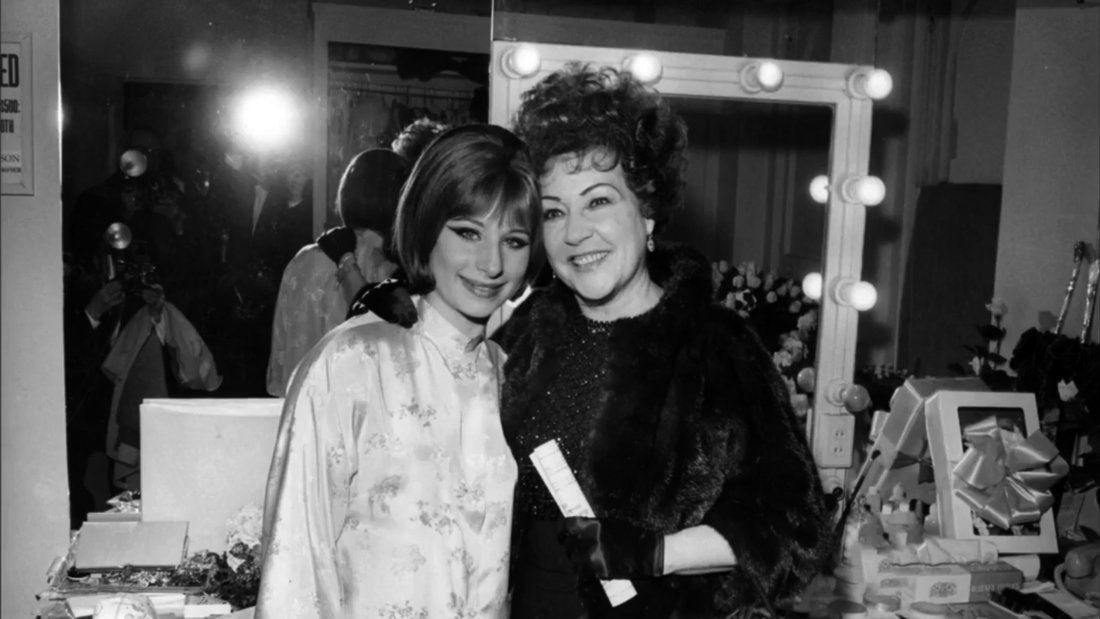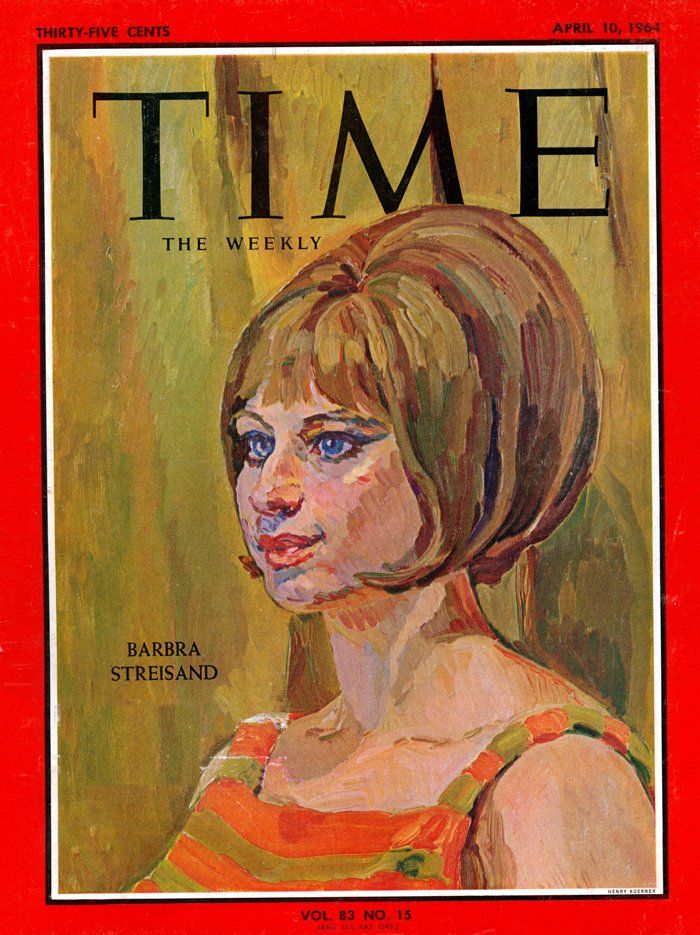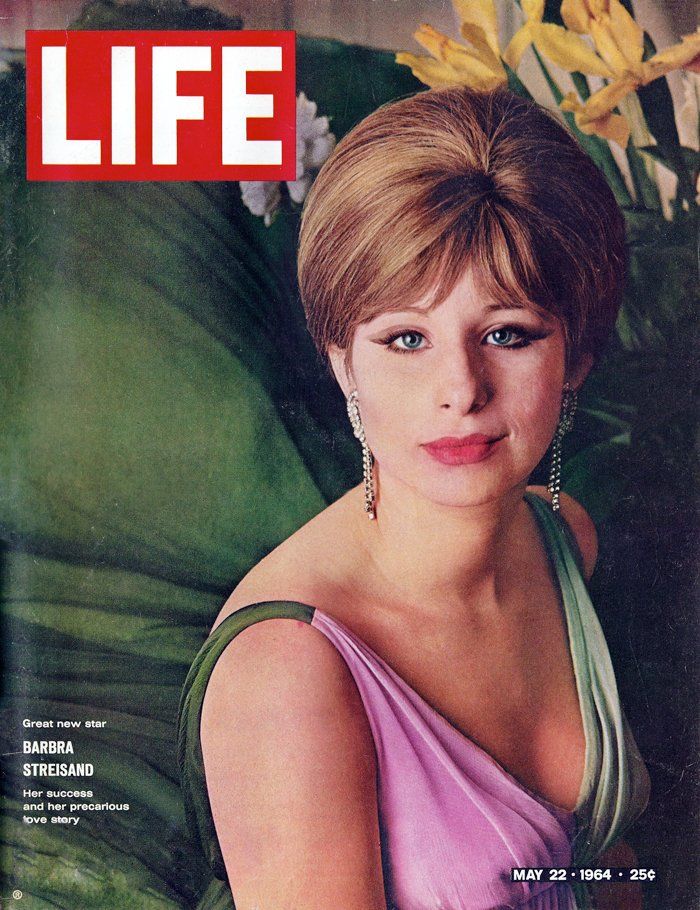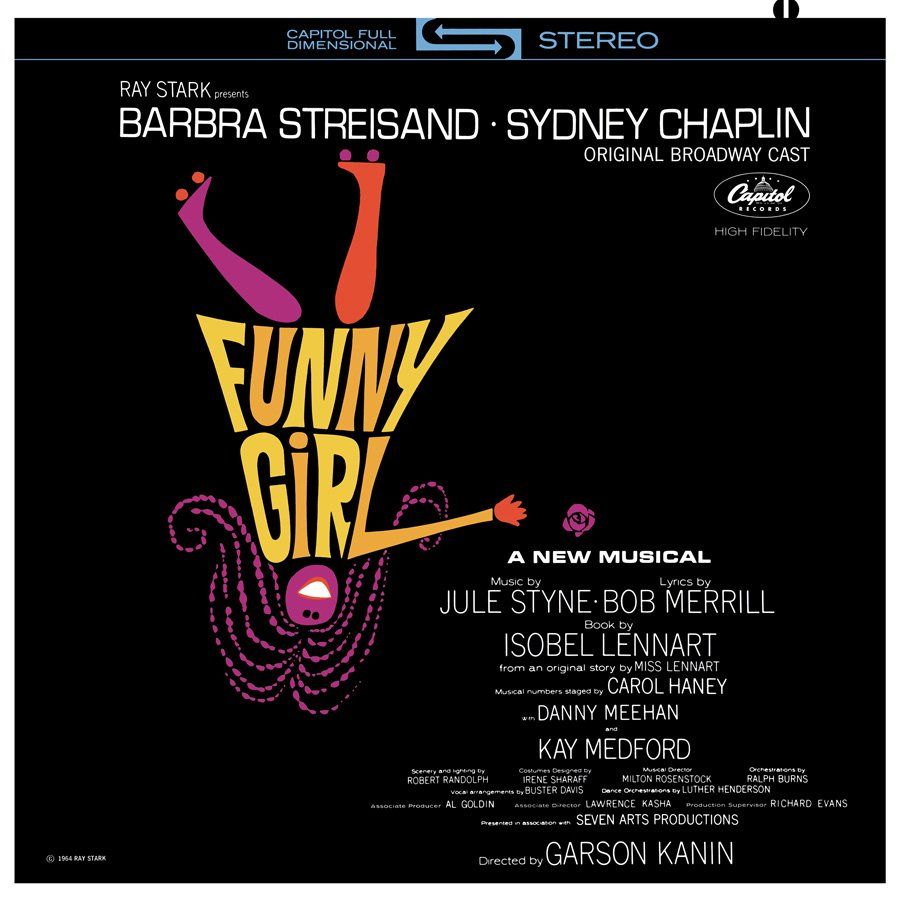Ray Stark, the producer of Funny Girl, was married to Fanny Brice's daughter, Frances (or Fran). It was his dream to make a musical about his mother-in-law’s life story. “We used to discuss doing a motion picture about her career,” Stark said. “We'd bring up various names of film actresses who could play her role. One suggestion in those years was Judy Garland. So, you can see this has been a long-range proposition with me; more than 10 years. After Fanny's death [in 1951], I kept on planning to do a film about her some day, and finally I got Isobel Lennart, one of the top screenwriters, to undertake the script.”
From a 1976 Funny Girl program:
Mr. Stark had previously commissioned treatments of [Fanny's] life from Ben Hecht and from Henry and Phoebe Ephron. There seemed to be a good deal of interest in Fanny Brice’s colorful life and career. Her third husband, the showman Billy Rose, wrote a story about her entitled "A Girl Called Fanny" that was published in McCall’s Magazine, and a record album in which singer-comedienne Kaye Ballard re-created Fanny Brice’s famous songs was enjoying great popularity.
Being married to Fanny Brice’s daughter, Ray Stark also had to retain firm control over the story so that none of its show business presentations could offend her heirs. To protect her image from any possible abuses, Mr. Stark bought out all future rights from anyone who had worked on the material, including the earlier writers whose treatments had already been rejected.
In a 1964 interview, Ray Stark explained: “[Lennart's] script was wonderful. But as the years passed and the motion picture business changed, I became interested in the stage, and I proved to myself with a couple of ventures that doing something first in the theater was a wonderful testing ground of material for an eventual film. That is why we are here now, with music by Jule Styne, lyrics by Bob Merrill, direction by Garson Kanin and choreography by Carol Haney. I hired the best.”
Pictured: An Al Hirschfeld illustration of Streisand in the mirror loooking at the real Fanny Brice. This appeared in the New York Times.

